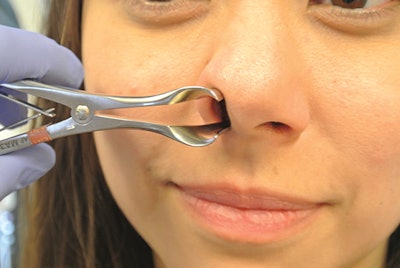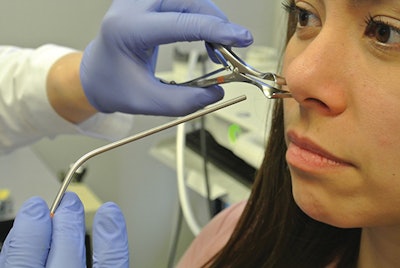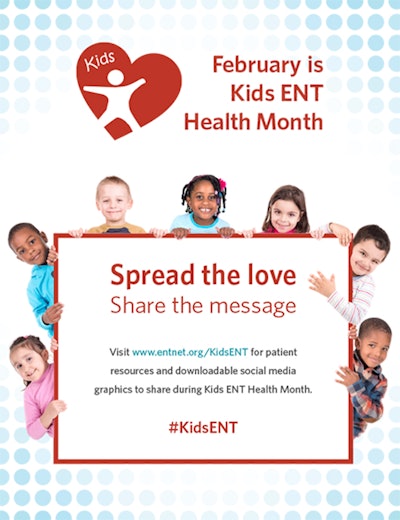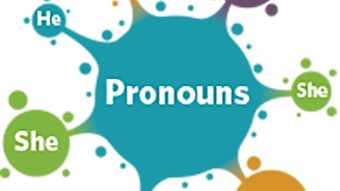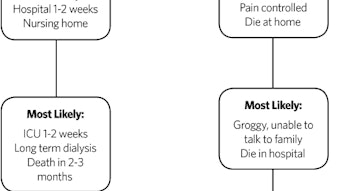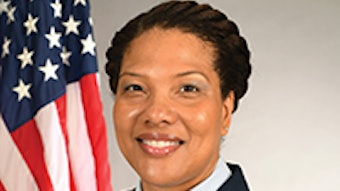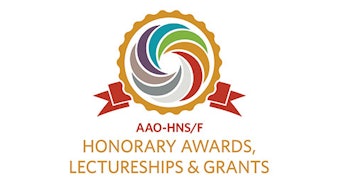For Patients: KidsENT Health Month: Epistaxis
“Epistaxis” is another word for nosebleed, which can commonly occur in children. About 64 percent of children aged 11 to 15 years have had at least one episode of epistaxis. The most common cause is a ruptured blood vessel on the nasal septum, the part that divides the nose into the right and left nostrils. Though pediatric epistaxis is common, it has been shown to induce significant amounts of stress for both parents and children.

Ryan H. Belcher, MD; James M. Ruda, MD; Michael E. McCormick, MD; Margo McKenna Benoit, MD, of the Pediatric Otolaryngology Committee
“Epistaxis” is another word for nosebleed, which can commonly occur in children. About 64 percent of children aged 11 to 15 years have had at least one episode of epistaxis. The most common cause is a ruptured blood vessel on the nasal septum, the part that divides the nose into the right and left nostrils. Though pediatric epistaxis is common, it has been shown to induce significant amounts of stress for both parents and children.

The vast majority of pediatric nosebleeds originate from the anterior portion of the nose, with very few coming from the posterior portion. Two of the more common causes of epistaxis in children involve digital trauma (i.e., picking their nose) or chronic irritation of the lining of the nose due to colds or allergies. These are often spontaneous and rarely severe enough to require a trip to the emergency department or hospital, so a lot of emphasis is put on measures to prevent the nosebleeds. Suggestions for prevention include humidifying the air in the home by using a cool mist humidifier in your child’s bedroom, using nasal saline sprays several times a day, or local application of Vaseline or other ointments (Aquaphor, polysporin, etc.) in the nostrils at bedtime.
What to do if nosebleeds don’t stop or keep recurring?
If your child’s nosebleeds continue to recur despite these preventive measures, then a clinic appointment with an ENT may be appropriate to help determine the underlying cause. It will be important to let your physician know any family history of bleeding disorders (if known), nasal trauma, recent sinusitis, and all medications, such as nasal steroid sprays (Flonase, Nasonex, etc.), that your child is taking. While at the otolaryngologist’s office, they will be able to look in your child’s nose and potentially visualize a source of the bleeding. These sources include fragile blood vessels or even foreign bodies that the child may have placed in their nose. When looking in the nose, otolaryngologists often use a small camera called an endoscope to visualize past the front of the nose. During this appointment, the otolaryngologist can also perform cauterization to the anterior part of the nose if a bleeding source is identified while in the office setting. This is typically done with numbing solution, so the patient doesn’t feel it.
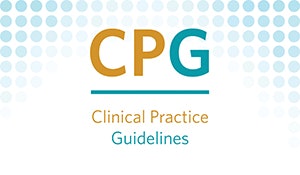
In addition, the following AAO-HNSF clinical practice guidelines have patient information available in downloadable, printer-friendly formats:
- Tonsillectomy in Children (Update)
- Hoarseness (Dysphonia)
- Earwax (Cerumen Impaction)
- Otitis Media with Effusion (OME)
- Allergic Rhinitis
- Acute Otitis Externa
- Bell’s Palsy
- Tympanostomy Tubes in Children
Go to www.entnet.org/CPG for more.
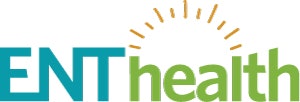
If your child’s nosebleed does not stop after 20-30 minutes despite attempts at direct pressure and over the counter oxymetazoline, then you should strongly consider taking them to the emergency department (ED). To get the bleeding to stop, dissolvable nasal packing may be placed in order to apply direct pressure to the bleeding. As in the clinic setting, cautery may also be performed in the ED to get the bleeding to stop. Very rarely do children have to be admitted to the hospital or taken to the operating room due to epistaxis, as this usually happens only with the most severe bleeding episodes. If you have questions or would like more information on this topic, please see www.ENThealth.org.
References
i Petruson B. Epistaxis in childhood. Rhinology. 1979;17:83-90.
ii Davies K, Batra K, Mehanna R, Keogh I. Pediatric epistaxis: epidemiology, management & impact on quality of life. Int J Pediatr Otorhinolaryngol. 2014;78(8):1294-1297.
iii Tunkel DE, Anne S, Payne SC, et al. Clinical Practice Guidelines: Nosebleed (Epistaxis). Otolaryngol Head Neck Surg. 2020;162(1_Suppl):S1-S38.
Follow these steps to stop a nosebleed:
- Stay calm, or help a young child stay calm. A person who is agitated may bleed more profusely than someone who feels reassured and supported.
- Sit up and keep the head higher than the level of the heart.
- Lean forward slightly so the blood doesn’t drain into the back of the throat.
- Gently blow any clotted blood out of the nose. Spray the nose with a nasal decongestant; oxymetazoline is the active ingredient in most over-the-counter sprays.
- Using the thumb and index finger, pinch all the soft parts of the nose.
- Hold the position for five minutes. If it’s still bleeding, hold it again for an additional 10 minutes.
For more information about nosebleeds, such as causes, treatments, and tips to prevent them, go to ENThealth.org.
Epistaxis Clinical Treatment
Anterior rhinoscopy may augment the physician examination and guide treatment.
The following two photos are published with permission from the American Academy of Otolaryngology–Head and Neck Surgery Foundation Tunkel DE, Anne S, Payne SC, et al. Clinical Practice Guidelines: Nosebleed (Epistaxis). Otolaryngol Head Neck Surg. 2020;162(1_Suppl):S1-S38.
